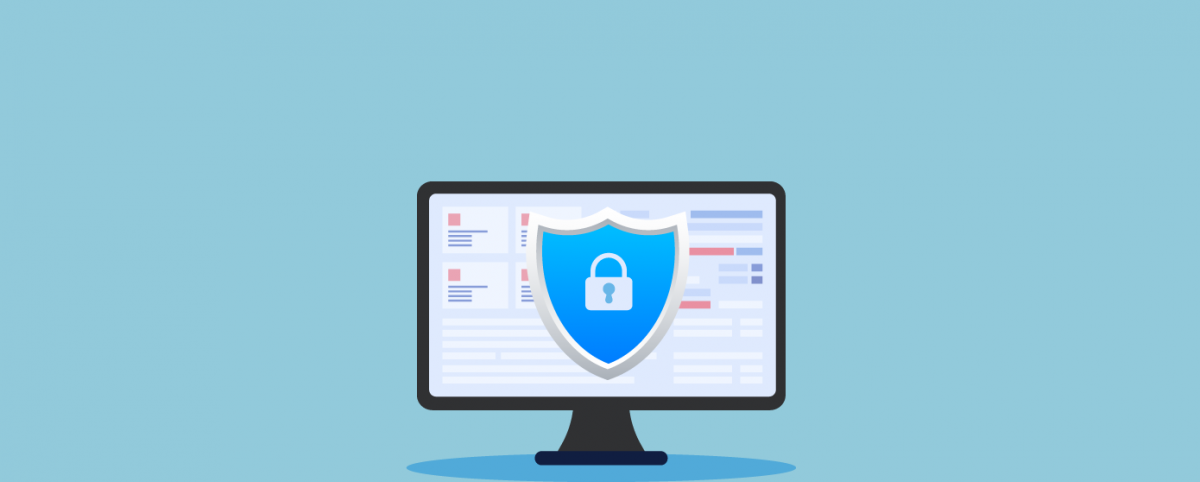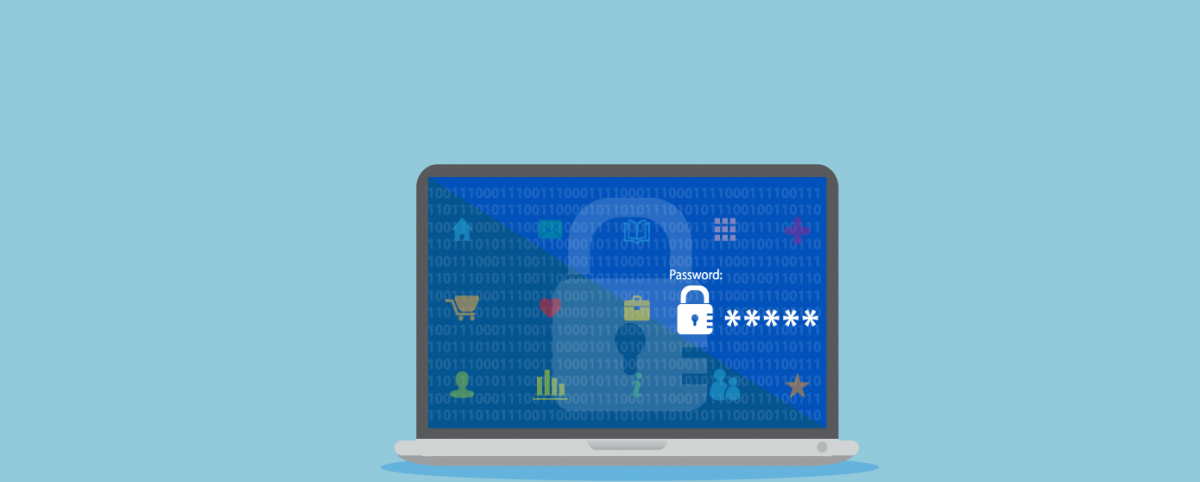How to Fortify Web Application Security In 2020?
Your website/ web application is an indispensable part and core element of your business, regardless of whether it is a small online store/ business, a multi-million-dollar corporate house, an online consultancy service, a zine, and so on. It is the focal point of your brand/ online presence and contains a treasure trove of today’s oil – your precious data. And a data breach or cyber-attack or website defacement causes immense loses and is devastating for the brand, especially for small and medium businesses. With cybercrime racing to the top of the list of crimes globally in terms of numbers, magnitude, and scale, you are making a grave mistake if you are not already taking web application security seriously.
As we enter a new year, we have put together a guide to help you ensure heightened web application security in 2020, given the fast-changing threat landscape and increasing gravity of the problem.
Security goals for 2020
In 2020, you must ensure that you set and achieve these 3 important goals, starting from the app development and the testing stage itself.
- Confidentiality: Ensure that there is no unauthorized access to data/ information present on your website/ web application. Only the individual(s) for whom data/ is intended must be able to access it.
- Availability: All your authorized/ legitimate users must be able to access your website/ web application 24×7. Ensure that there are no denials of access, downtimes, or crashes.
- Integrity: The information/ data available on the website/ web application must be legitimate and unaltered. Unauthorized and malicious actors must not be able to alter the information/ data.
Web Application Security Best Practices for 2020
To achieve the web security goals in 2020, you must implement these web application security best practices.
Develop a robust web application security blueprint/ plan
Like any other business goal, you need a well-researched and robust web security plan and strategic blueprint to heighten your security posture. A disorganized, unplanned/ random, generic, or after-incidence-only approach will cause colossal damage. Based on your unique context and needs, infrastructure, and budgetary constraints, build a strategic and actionable web application security plan today. You can enlist the help of security experts like AppTrana if required.
Your plan must be made after a thorough assessment of all your applications – third-party/ shared/ owned to understand the criticality, potential threats, past issues, etc. You must also prioritize vulnerabilities that your application faces as all of them cannot be fixed, at least not immediately.
A comprehensive and intelligent security solution is a must
The security solution you onboard/use must include:
- An automated and intelligent website vulnerability scanner that scans your application(s) for known vulnerabilities including OWASP Top 10. It must proactively tell you what vulnerabilities, misconfigurations, and weaknesses exist in your application(s) so that you can strengthen your offense and defense strategies.
- Managed, intelligent WAF that shields your web application from malicious actors and bad traffic. It prevents DDoS attacks and offers real-time insights and security analytics, 24×7 visibility of the risk posture, and business impact. It must be highly customizable to your business’ context and needs.
- Regular pen-testing and security audit to enable you to identify unknown vulnerabilities and business logic flaws.
- The expertise of certified security professionals to help build a strong defense against potential threats and fortify security.
Strict authentication and authorization policies/ privileges
- Enforce a multi-factor authentication and strong password policy.
- Implement account lockout for failed login attempts to mitigate brute force attacks.
- Follow the least privilege policy and continuously upgrade/ update your policies to minimize risks.
- Access and context verification of every user is a must.
Encrypt everything
In 2019 alone, there have been instances of several data breaches simply because the data/database was not encrypted. So, install SSL and encrypt all data.
Input sanitization is essential
All inputs to your application must be sanitized to minimize risks of injection attacks and attackers accessing sensitive information or taking control of your application. Also, create a robust data policy.
Don’t ignore updates
Updates contain critical patches that could secure your web applications/ websites. So, don’t ignore them.
Last but not least, educate your employees, users, and other stakeholders continuously.
We hope this guide enables you to fortify web application security in 2020!


 January 13, 2020
January 13, 2020






